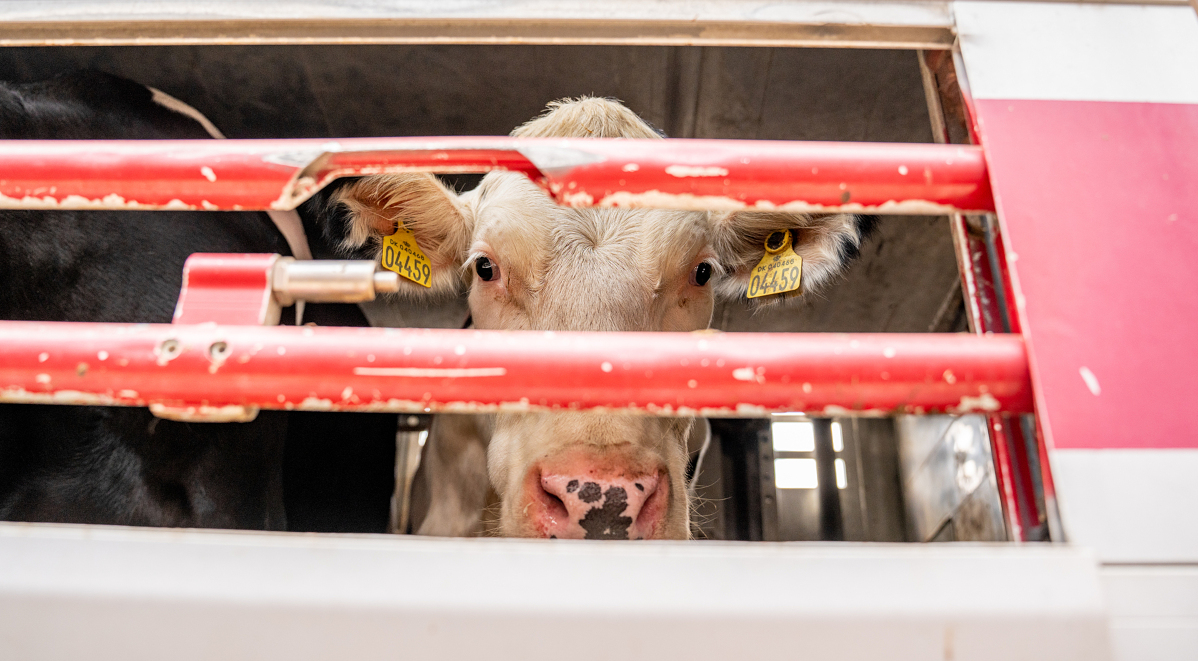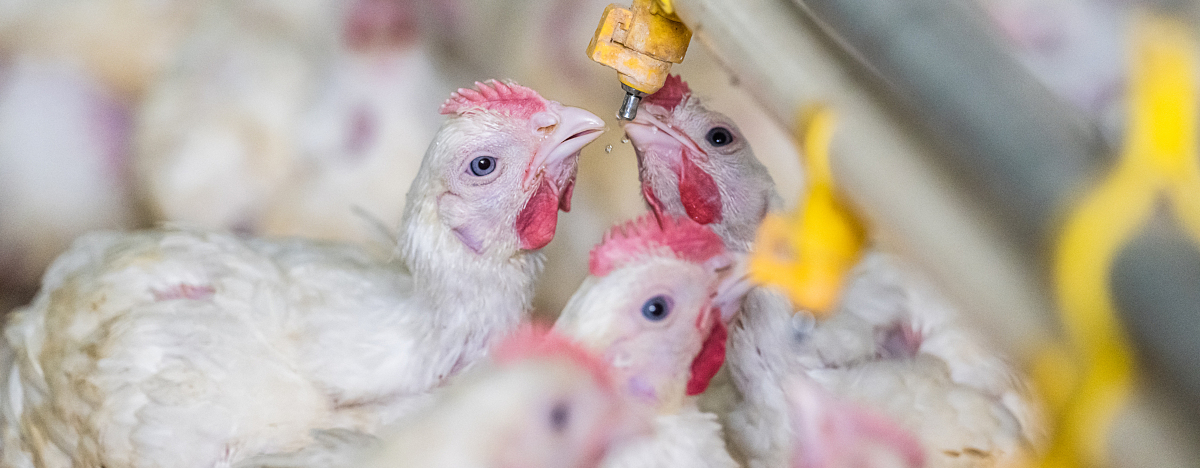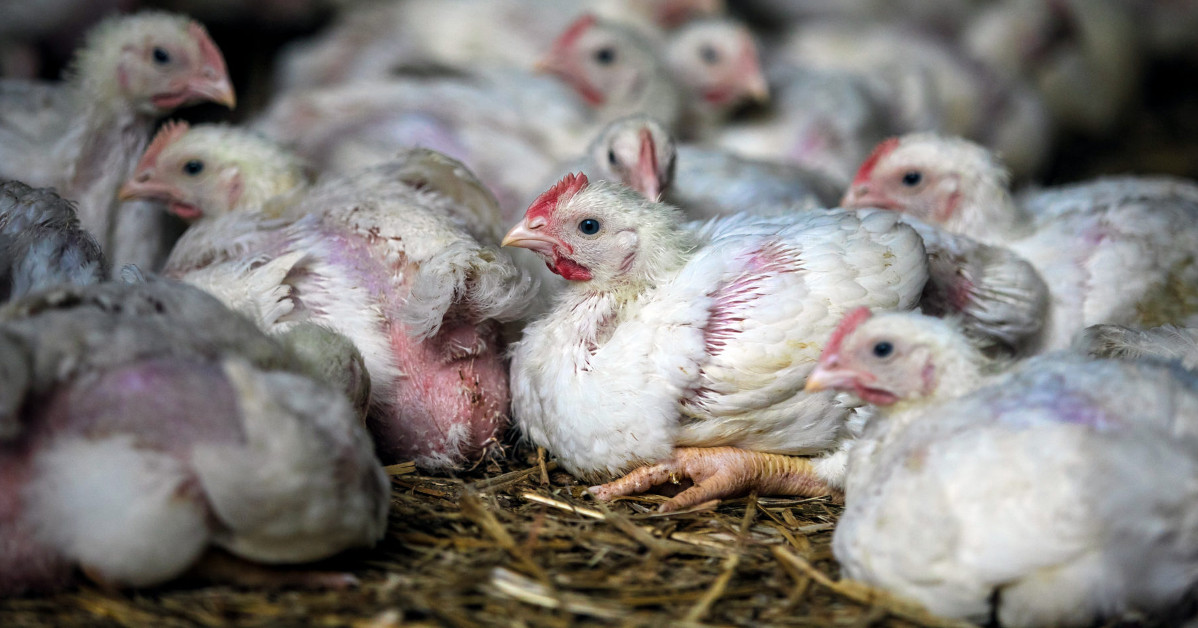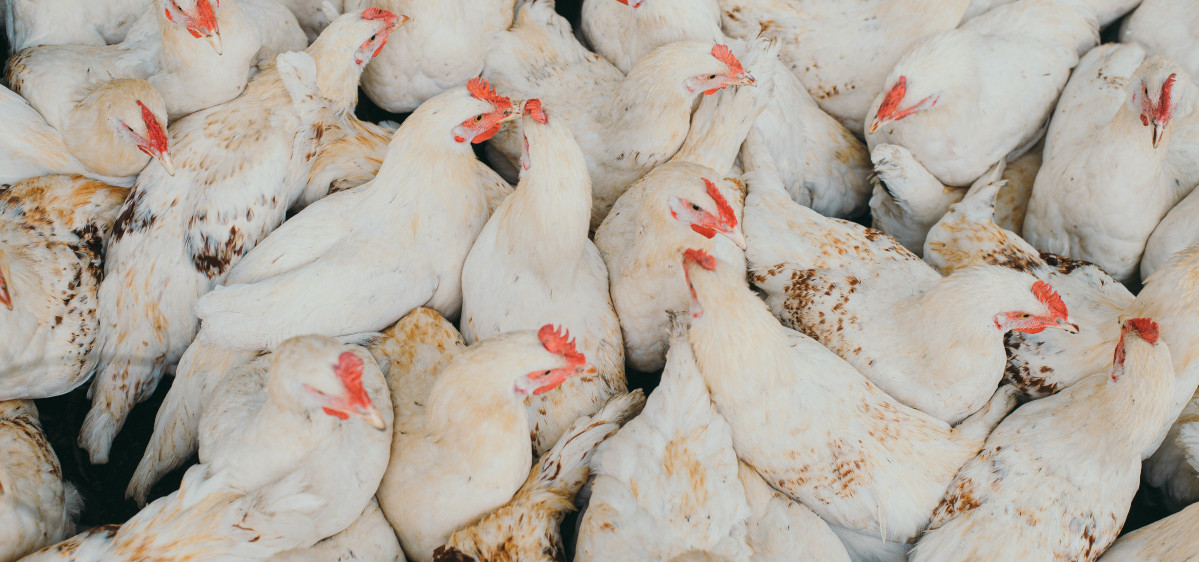As the global “Friday’s for Future” movement gains momentum, people are taking to the streets to demand action on climate change. Yet instead of waking up to the climate emergency we are in, educational institutions seem to continue to bury their heads in the sand. School lunches comprised of animal products and investment into school milk subsidies remain the norm, despite growing evidence of the devastating effects industrial animal agriculture. [1] School lunch with its milk accompaniment may be free in Finnish public schools, but what is its real price?
Industrial animal agriculture is said to constitute 26% of human induced global greenhouse gas emissions and leading cause of deforestation, soil degradation, species extinction, water pollution and biodiversity loss and contributes to the risk of spreading antibiotic resistant diseases. [2] According to one study, a vegan diet could reduce individual carbon footprints by 73% [3] and the World Health Organisation has declared red and processed meats carcinogenic to humans. Approximately 70 billion animals are slaughtered each year (excluding sea animals) and the number is expected to double by 2050. [4] These billions of sentient beings are often forgotten or intentionally hidden from our sights and receive little to no legal protection. Why do we continue to cultivate food practices that have such detrimental effects on animals, the environment and our health?
The need to rethink education and school food practices is highlighted by researchers calling for an intersectional approach to teaching about environmental protection, animal rights and social justice issues. We cannot talk about climate change without taking into account how our actions affect the lives of other animals and question the moral basis of our actions. The challenges we face cannot be solved when the planet and its inhabitants are measured by economic profit, despite the United Nations Agenda2030 claiming otherwise. What happens in the classroom is as important as what happens in school canteens. The urgency of climate change should be felt in school canteens and spur on a transformation of school food practices that benefit other animals, our health and the environment. This change is starting to take place in some schools and kindergartens, showing us that plant-based school food cultures are possible.

Reference list (each link will open in a new tab)
[1] The European Commission will invest €105 million into school milk schemes in the 2019/2020 school year, which is an increase of €5 million from the previous school year, see European Commission (2019) The EU school fruit, vegetables and milk scheme. In the 2011/2012 school year, 26 Member States and approximately 20 million schoolchildren participated in the scheme, see European Comission (2013) Evaluation of the European School Milk Scheme.
[2] See Oppenlander, Richard (2012) Comfortably unaware: what we choose to eat is killing us and our planet. New York: Beaufort Books.
[3] Poore, J. & Nemecek, T. (2018) Reducing food’s environmental impacts through producers and consumers.
[4] See National Research Council (2015) Critical role of animal science in research in food security and sustainability. Washington: The National Academies Press.






